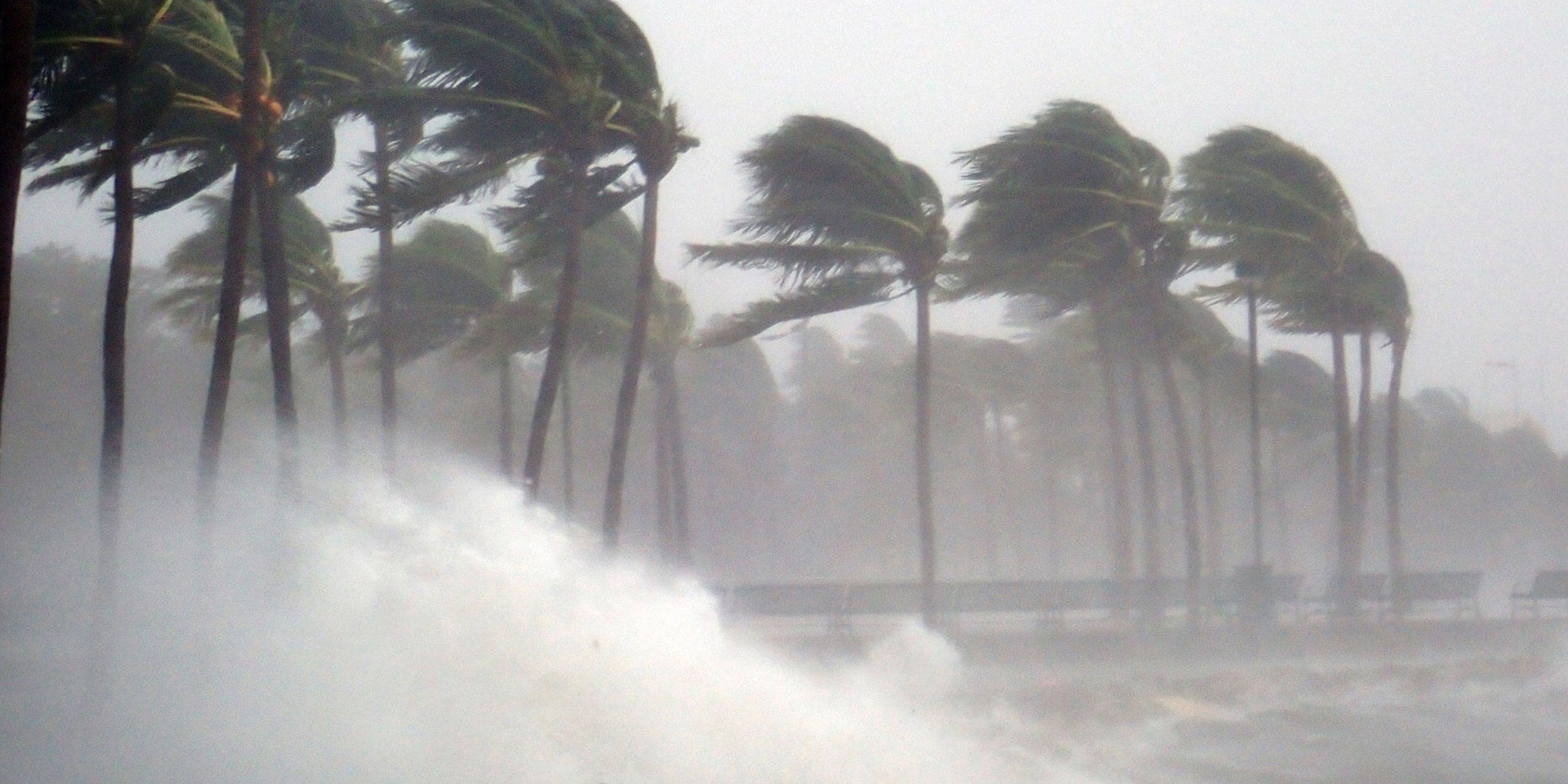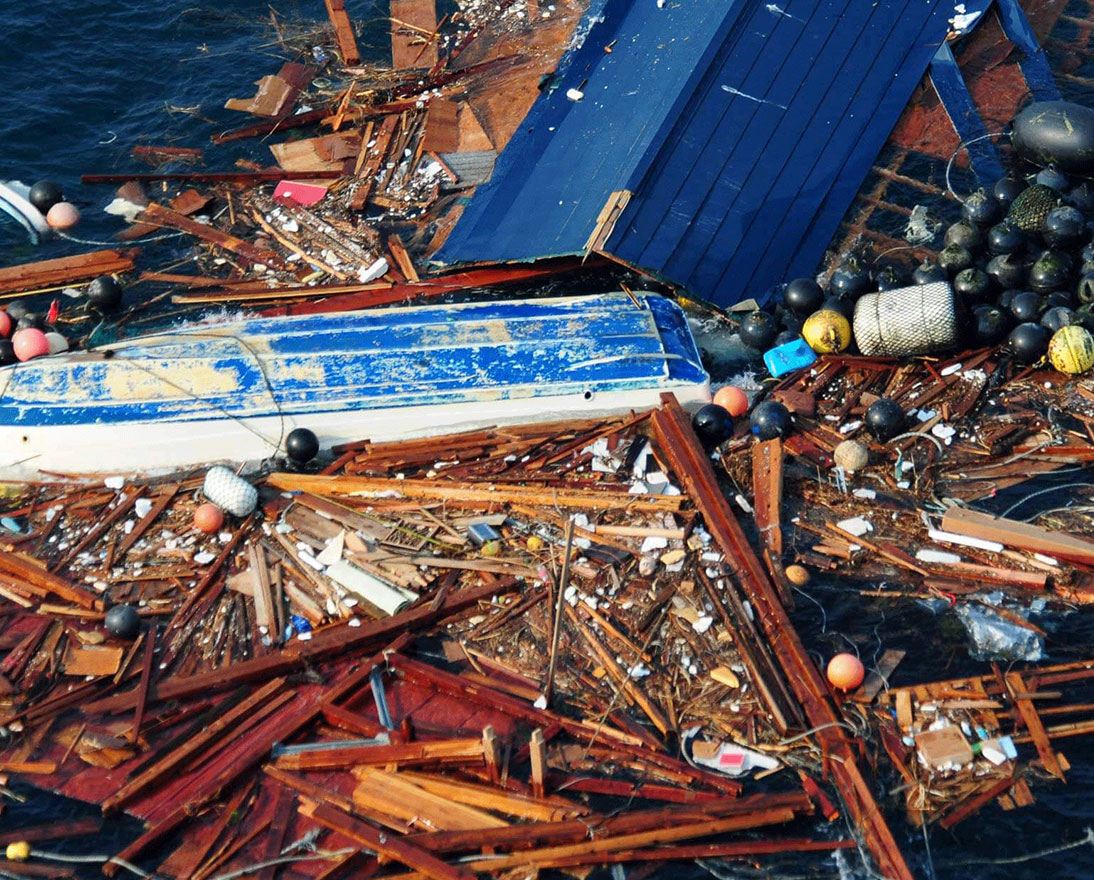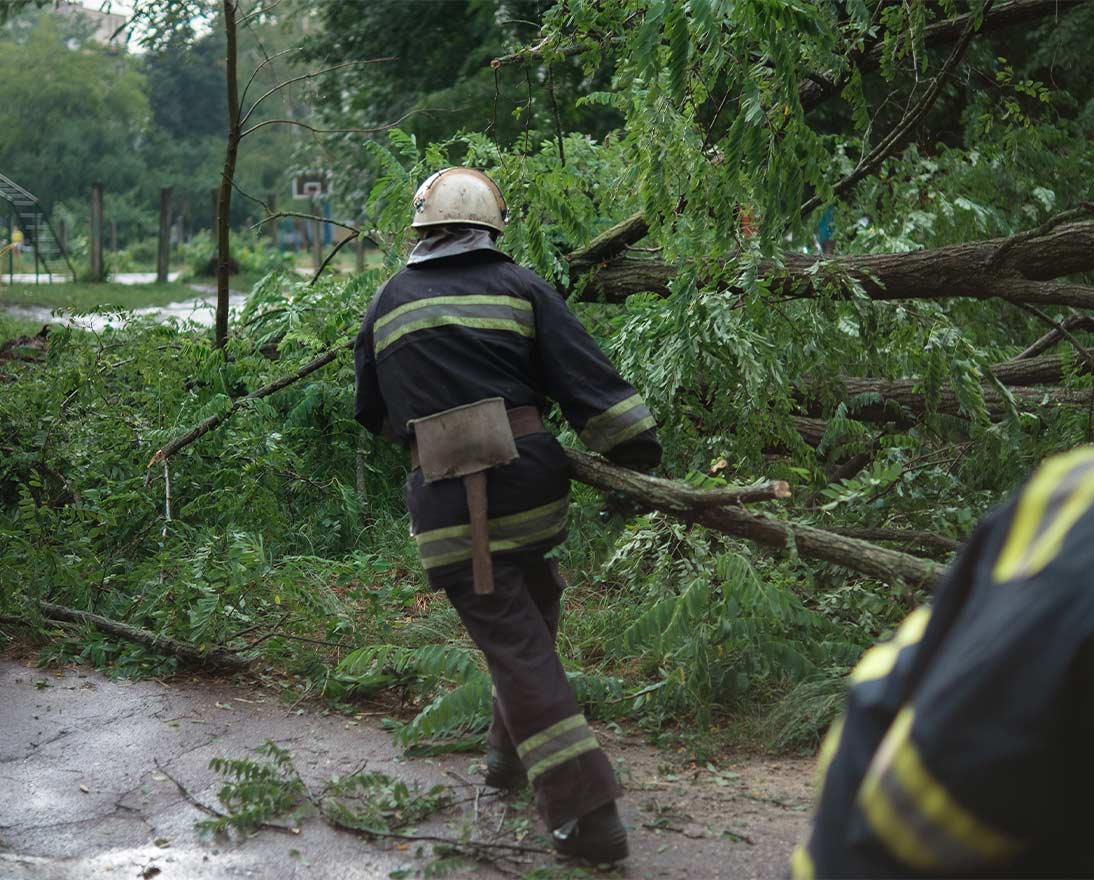Preparing your business for windstorms
Natural hazardsArticleJune 10, 20224 min read
Windstorms can be incredibly destructive. But pre-planning can help build resilience, minimize losses and support clean-up and recovery.
Severe windstorms can significantly disrupt or even destroy a business. It is vital that you prepare your business for a hurricane, typhoon, cyclone, or other severe windstorm to build resilience, minimize losses and to support clean-up and recovery.
Wind is not the only consideration. Tropical cyclones, for instance, can cause extensive damage through torrential rain, flooding and storm surge.
“If history has shown us anything, it’s that a holistic view and preparation are key to resilience when faced with a natural hazard such as a hurricane,” says Blair Carter, Senior Risk Engineering Consultant and regional specialist for Zurich’s Climate Resilience services. “Understanding the key loss drivers, vulnerabilities and potential business impacts are critical to an effective response.”
Windstorm Emergency Response Plan
A Windstorm Emergency Response Plan is an important tool to help reduce the damaging impact of a windstorm to your property, business and employees. It can includes actions that can be taken years, months or even hours before a windstorm strikes your location.
“A thorough and well executed severe weather emergency response plan can have a significant impact on reducing property damage and business interruption,” explains Carter. “By creating a Windstorm Emergency Response Plan, our customers are better prepared to respond and recover when faced with a challenging event. By routinely updating the plan, potential vulnerabilities are able to be quantified and mitigated appropriately.”
Once the response plan is developed, train all involved staff, practice the plan, and learn from the things that work well and from those that do not. Outside emergency response services should also be involved in the planning and training. Effectiveness of the plan is contingent upon support from upper management.
You can download Zurich’s Windstorm Emergency Response Plan below. It details some actions to consider before, during and after a windstorm event to help reduce damage, restore operations and protect lives. It has been classified into five phases – see a summary below:
1. Strategy
Undertake a risk assessment several months before a potential event. Analyze typical windstorms in your region and verify if your structures can withstand these events. Prepare emergency equipment and ensure essential services can remain operational during and after a windstorm. Build a wind safe room to protect your employees.
2. Preparation #1: 48 hours before a windstorm
Implement flood protection measures, such as clearing storm drains and setting up flood barriers. Secure or remove potential wind-borne debris (e.g., scaffolding). Check your supplies and service your emergency equipment, including water pumps and emergency generators. Initiate safe shut-down procedures, such as backing up computer data and removing stock.
3. Preparation #2: 36 hours before a windstorm
Finalize flood and wind protection measures. Switch off non-essential electrical systems, turn off fuel and gas services, and evacuate non-critical employees. Safely shutdown production equipment and systems reliant on utility power, and manufacturing facilities that will be exposed to damage.
4. Response: 12 hours before and during a windstorm
Evacuate your Emergency Response Team to pre-defined secure areas of the site (e.g., windstorm shelter or emergency command center) for the duration of the storm. Continuously monitor news bulletins and local weather warning services for the latest local and national government advice.
5. Recovery: After a windstorm
Cleaning up after a storm can be more dangerous than the storm itself. Do not switch on electrical power until qualified personnel have checked all utilities, and look for hazards, such as live electrical wires and broken glass. Survey damage, establish repair priorities and promptly notify contractors to initiate repairs.
Begin salvage to prevent further damage to building and contents. Verify status of protection systems, such as sprinklers and fire alarms.
Climate Resilience
Our Climate Resilience experts help you identify and manage climate risks, and prepare you for climate reporting.



